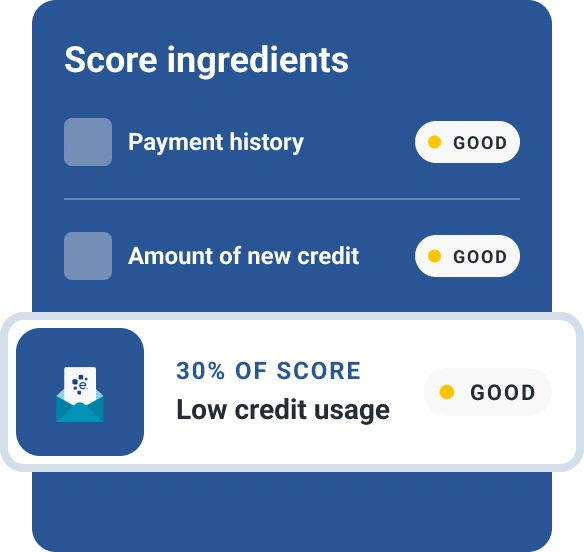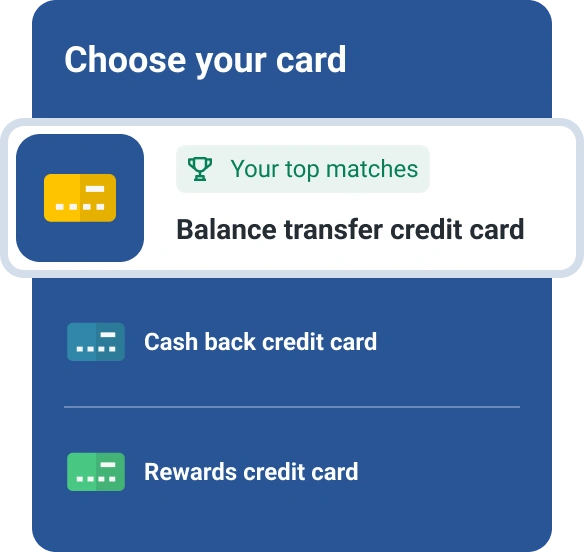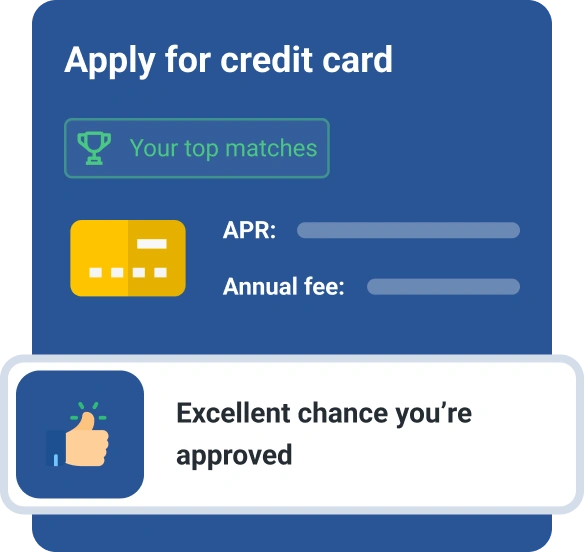What Is Available Credit on a Credit Card?
Quick Answer
Your available credit is the amount of money you have left to use in a billing cycle. You can calculate your available credit by subtracting your current balance from the card’s credit limit.

Available credit on a credit card is the amount you have available to spend. It's usually your credit limit minus any balance you have on the card. But should you use the credit you have available? Here's what you need to know about using available credit and how "available" it really is.
Credit Limit vs. Available Credit
There are two numbers you should know before you swipe that plastic: Your credit limit and your available credit. Your credit limit is the maximum amount you can charge on your credit card, and your available credit is what's left for you to use after factoring in your current balance. You can figure out your available credit by subtracting your current balance from your credit limit.
Not knowing either of these numbers could result in going over your credit card's limit. When this happens, repercussions could include:
- Declined purchase: Your purchase may be denied at point of sale.
- Penalty APR: Your APR may increase into a "penalty" range, which is higher than your regular APR and may eventually apply to your whole balance.
- Losing access to credit: Your card issuer may reduce your limit or cancel your account.
How Much Available Credit Should You Use?
Just because you have credit available on your card doesn't mean you should use it. In fact, using just a small fraction of your credit limit is beneficial in several ways. Reducing your credit usage can not only help you reduce the amount of interest you'll pay, but it could help you improve your credit as well. If you still need to use some of your available credit, how much is OK to use?
To figure that out, it's important to understand credit utilization. Credit utilization is your total credit card debt divided by your total available credit, usually expressed as a ratio or percentage. Lower credit utilization tends to have a positive effect on credit scores. Credit utilization is the second biggest factor in calculating your credit score, and a consistently high utilization rate can cause your credit score to drop.
Experts recommend keeping your credit usage under 30% of your credit limit, and ideally below 10% for top credit scores. That means your available credit should equal somewhere between 70% and 100% of your total credit limit.
Keeping utilization low and paying off credit cards can have a quick and significant impact on improving scores. Some strategies for paying off credit card debt include:
- Debt snowball method: The debt snowball method is an approach to paying off debts where you focus on paying off the account with the smallest balance first and make minimum payments on your other cards. You'll then progressively pay off accounts with larger and larger balances. This method can help you stay motivated as you rack up small wins.
- Debt avalanche method: When using the debt avalanche method, start by paying off the credit card account with the highest interest rate first while making minimum payments on your other cards. Once that account is paid off, you'll repeat the process by paying off the card with the next highest rate, and so on. This method can help you save the most money in the long run.
- Debt consolidation loan: A debt consolidation loan allows you to borrow money at a lower interest rate than your credit cards' rates. This way you can use it to pay off the cards and pay back the less expensive loan instead.
- Balance transfer credit cards: A balance transfer credit card gives you the option to transfer balances from other cards to a new card with a lower interest rate. These cards often have introductory periods of 12 to 15 months with 0% APR, which may give you time to get caught up without accruing more interest.
How to Increase Your Available Credit
Sometimes you may need more available credit on your card, perhaps to finance a single large purchase. There are a few ways you could see your available credit increase. These include:
- Paying down your card balances: Each time you pay down your credit card balance, you increase your available credit until you put a new charge on the card. Paying down your current balance before a new purchase can ensure you have enough available credit.
- Getting a new credit card: You can apply for a new credit card to increase your available credit. This can be helpful if your credit utilization is high since your total available credit across cards helps determine your utilization rate. Use Experian's card comparison tool to find cards you likely match with before applying. Proceed with caution, however, if access to more credit will simply cause you to accrue more debt on top of what you already have. Before taking on any new debt, have a plan to pay it off.
- Asking for a credit limit increase: If you're happy with your current credit card and have been paying on time, keeping the account in good standing and otherwise being responsible with your credit, you can try requesting a credit limit increase. The provider may agree to up your limit, increasing your available credit amount immediately.
The Bottom Line
Many things can impact your credit score, including how much of your available credit you're using. And knowing your available credit amount is key to good financial health. Stay informed by monitoring your credit score and report regularly, which can help you maintain a strong credit history and reach your financial goals.
Don’t apply blindly
Apply for credit cards confidently with personalized offers based on your credit profile. Get started with your FICO® Score for free.
See your offersAbout the author
Emily Cahill is a finance and lifestyle writer who is passionate about empowering people to make smart choices in their financial and personal lives. Her work has appeared on Entrepreneur, Good Morning America and The Block Island Times.
Read more from Emily

